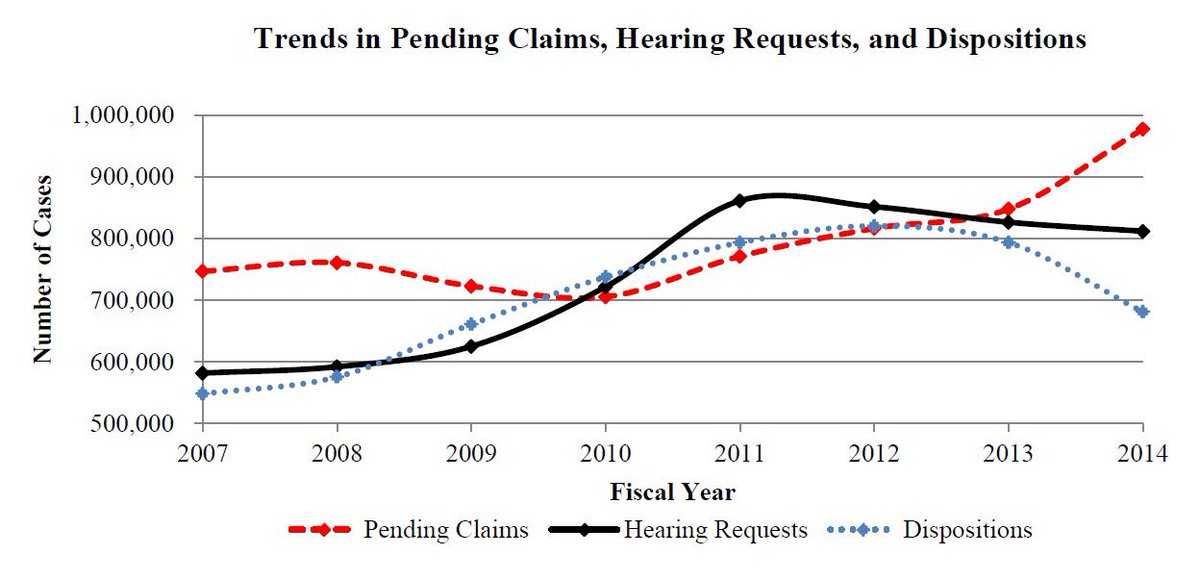Here's some excerpts from an opinion piece written by Senators Manchin (D-WV) and Cotton (R-AR) for Fox News with comments from me in brackets and bolded:
According to the 2015 annual report from the Social Security system’s trustees, the SSDI [Social Security Disability Insurance] trust fund will run out in late 2016. ...
SSDI was established as an insurance program for the “totally and permanently disabled.” [You're putting it in quotes but the phrase "totally and permanently disabled" has never been part of SSDI. Not now. Not ever. Depending upon how you interpret the term "total disability", it can be synonymous with chronic vegetative state. Is that the sort of definition of disability that you'd prefer? Permanence has never been required. However, the one year duration requirement that we have isn't that different from a requirement of permanence, as a practical matter.] ...
Today, nearly 300,000 Arkansans and West Virginians rely on SSDI. In some of our counties, nearly 20% of working-age people receive SSDI benefits. [This might be important enough to your constituents for you to actually learn something about it.]
Many of these individuals are permanently disabled, and we’re committed to protecting this vulnerable population. But we must also dramatically improve the program for the temporarily disabled to help them recover and return to work. [How many temporarily disabled people do you really think receive SSDI? You have to have been or be predicted to be disabled for at least a year to be found disabled. How much ground do you think there is between a year and permanent? In the real world, there's little.]...
We must intervene early. On average, applicants wait more than a year before getting an SSDI eligibility decision. [So, the agency needs more money so it can decide cases quicker? However, Manchin and Cotten are enthuaistic budget hawks who favor endless cuts to the federal budget.] We can use this time to help applicants who are disabled, but have the potential for work activity stay connected to the workforce by providing support services. This can be done through vocational training, supportive employment, health services, incentives for employers, and more. [All of this already exists. What more do you want?]
We also need to shift SSDI from a one-size-fits-all mindset to a smarter approach that differentiates between the permanently disabled and those who, with medical treatment and rehabilitation services, can recover. [We have 50 years of evidence that there is no significant number of people drawing SSDI who have the realistic capacity to return to work on a regular basis, regardless of the assistance they receive.]
While SSA categorizes beneficiaries based on likelihood of medical improvement, there’s no requirement to pursue rehabilitation or medical services to prepare for a return to work. [You're attacking straw men. There's zero evidence that claimants are refusing to pursue vocational rehabilitation. Mostly, they're way too sick to take advantage of it. The idea that a claimant would avoid medical treatment in order to stay on SSDI is bizarre. We have strong evidence that this virtually never happens.] We need to help individuals with temporary disabilities gain access to rehabilitation and recovery services and offer a timeline to re-enter the workforce. [They already have such access. It doesn't work. There's no reason to believe that it will ever work] ...I suppose I shouldn't complain. It's better for Manchin and Cotton to concentrate upon worthless ideas than upon dangerous ideas.
